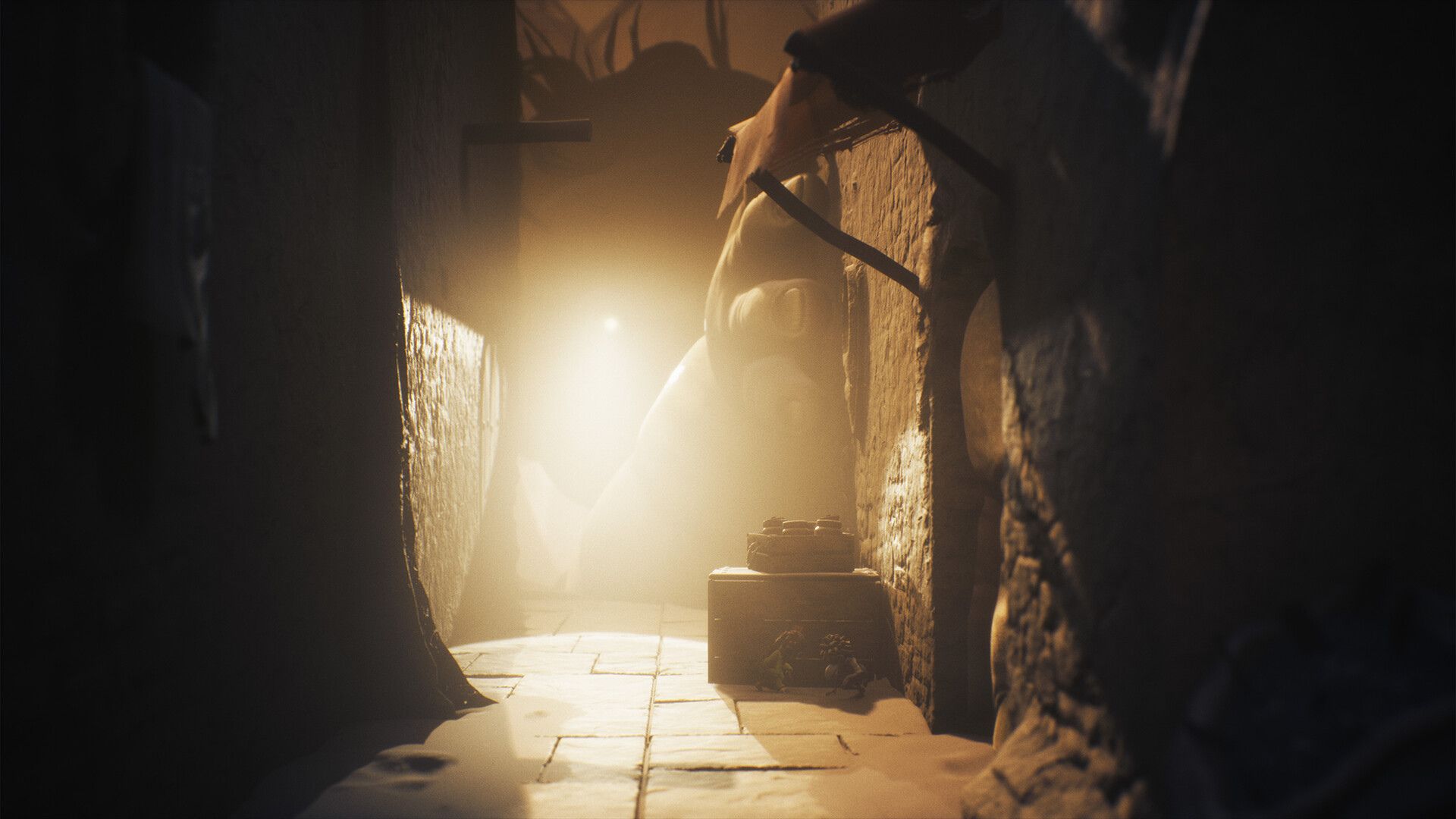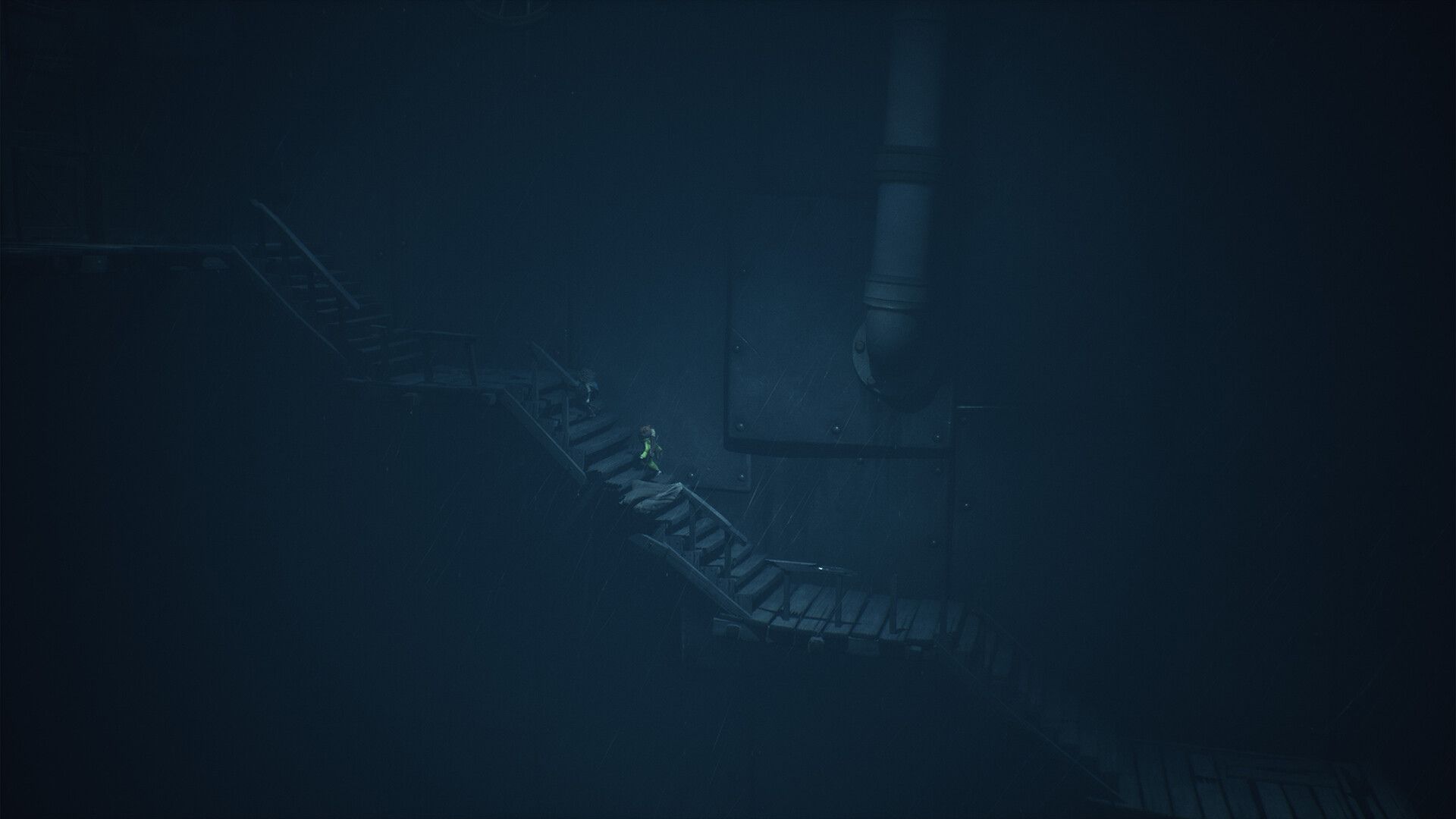Harkening back to the golden age of the eerie indie horror boom in the mid-2010s, Little Nightmares 3 is a puzzle platforming adventure that sees one of the era’s most successful franchises return to our screens, but this time under new management.
Although the first two games were developed by Tarsier Studios, Little Nightmares 3 is the first to be developed by Supermassive Games instead, and it unfortunately shows. Finding your footing with a new IP is one thing, but building on one with a dedicated following makes for a challenge that Supermassive just couldn’t face.
Review info
Platform reviewed: Xbox Series S
Available on: PlayStation 4, PlayStation 5, Xbox One, Xbox Series X and Series S, PC, Nintendo Switch, Nintendo Switch 2
Release date: October 10, 2025
The tell-tale sign is how similar Little Nightmares 3 is to its predecessors, and in that it lacks originality. Puzzles are repetitive and often overly simplistic, and many of the mechanics added to the game feel underutilized and can even affect the pacing. That’s especially true if you’re playing single player.
Rather than any true innovation, Little Nightmares 3 is Supermassive adding co-op, dusting off its hands, and serving you an uninventive, repetitive rehash of the older games.
This sounds harsh, but there is still some good in what’s been taken from the previous entries; it’s still plenty atmospheric, delivering gorgeously haunting visuals and sound design, as well as some great (albeit sparingly few) moments of tension and excitement. It just lacks a lot of the same creativity and represents a missed opportunity to do something new.
On the road to nowhere

Little Nightmares 3 has players plunging once again into the gloomy liminal space between sleeping and waking, this time with two new protagonists: Low and Alone. These two can be played in online co-op (though frustratingly, not local co-op), or you can pick one of the two to lead through the adventure solo.
But what does this look like in practice? In short, a lot of running, climbing, and unending tunnels to crawl through. At times, Little Nightmares 3 can be likened to a trick question in a school exam. Puzzles are broadly pretty easy and repetitive, and there were several times I was entirely stuck just because I was looking for more complicated answers to my problems.
Once in a while, that’s fine; and many games cleverly play on that experience, but here it just feels lazy and uninspired. Very few moments offer any real challenge, and while I’ve never found Little Nightmares puzzles particularly difficult, it takes the first three of the game’s four acts before a puzzle genuinely makes me stop to think.
Best bit

Little Nightmares 3 finds its footing as it enters its final chapter. Here, puzzles feel narrative-driven, and particularly I enjoyed the time-hopping that allows you to see The Institute in its former glory.
It’s especially frustrating that it takes so long to bring the heat, given how short the game is, too. With only four acts and the first two feeling especially brief, I’d have hoped to see as many rooms as possible brimming with obstacles, scares, and action, but the vast majority just involve pushing and or mounting a box, pulling a switch, or opening a hatch and pootling along to the next room for more of the same.
This slow pace is doubly frustrating in single-player mode, wherein you spend a fair chunk of time waiting for your companion to catch up and join you in moving an otherwise impassable object or trying to figure out if you need to command them to interact with their weapon to progress.
Low and Alone are also armed with a bow and arrow and a wrench, respectively, with which the heroes must navigate through the treacherous landscape of the Nowhere, avoiding and defeating enemies to find the mirror portal and escape the nightmare. The game doesn’t really utilize these tools particularly well; every now and then, Low will need to smash through a doorway or Alone will shoot down something suspended mid-air by a rope, or there’ll be a short combat sequence where the greatest challenge is working around the game’s depth of field to nail the enemy.
Alone in the world

While navigating levels often errs on tedium, there’s certainly plenty to look at. This goes a great length to increase the appeal of the game, but if you’re here for great scares, you might be disappointed. Again, that’s something that gets better as the game continues, with enemies becoming progressively more creatively creepy.
The bond between Low and Alone is another highlight, though it’s a fairly low bar. Their wordless, evolving companionship through the nether opens new avenues for gesture and emotion, and puts its individual stamp on the franchise. It takes a while to flourish, though – by which I mean there’s next to no story development or emotional tension between the two until the final chapter.
In a game this short that reduces the impact of the intended gut-punch ending, which fell quite flat for me when compared to Little Nightmares 2’s diabolical ending.

As far as world-building and narrative go, Little Nightmares 3 would have done well to lean more on its predecessors. It makes total sense for Supermassive to err on the side of caution when it comes to the established lore, but when there’s just so much great material to build on, and next to none of it connects with Low and Alone’s adventure, barring some Easter eggs here and there.
The biggest let-down for me, however, is certainly the enemies and bosses. Part of what made enemies in older games feel so haunting was that these surpassed childlike imagination; well-realized and challenging horrors we’d hope no child would ever dream of. In Little Nightmares 3, they feel much more derivative; a giant, decrepit baby doll, a miserly old hag with extra arms to grab you with, a ventriloquist, and a giant facility manager don’t exactly scream “otherworldly horror” to me.
Overall, there’s enough to like about Little Nightmares 3 to recommend it to the casual player, and if you missed the first two, it’s no bad way to be introduced to the core concepts underpinning the franchise. If, however, you’re a big fan like me and want something that evolves upon Tarsier’s hard work, you’ll find it difficult to settle in. It’s by no means a bad game; it’s just not a great one.
Should you play Little Nightmares 3?
Play it if...
You want a co-op adventure
Introducing co-op mechanics makes the game a whole lot more playable, and while not utilized to its full potential, there’s plenty of fun to be had.
You like the Little Nightmares aesthetic
Little Nightmares 3 broadly captures the look and feel of the previous games, so if atmospheric spookiness is your priority, you’ll have a lot of fun with this sequel.
Don’t play it if…
You like a good puzzle
Puzzles in Little Nightmares 3 aren’t terribly challenging or inventive, especially once you figure out the basic formulas from earlier levels.
You want the true next chapter to Little Nightmares
Low and Alone’s adventure is an entirely different narrative thread to Mono and Six, the protagonists from the last two games.
Accessibility features
There’s decent coverage for accessibility needs in Little Nightmares 3; from configurable controls to highlight toggles for characters and interactive elements.
There are also separate volume sliders for sound effects, music, playable characters and enemies, toggles for color-blind mode, axis inversion, camera shake and also indicators for when a character is off-screen.
How I reviewed Little Nightmares 3
I played the game to completion (circa. 8 hours) playing on my Xbox Series S with an Xbox Wireless Controller. I tested it using standard settings on my Sony KD-49XH8096 TV using Logitech Multimedia Z200 speakers.
When playing Little Nightmares 3, I compared my experience not only to the former two titles but also to other puzzle platform horror games like Limbo and Inside.
First reviewed November 2025











 English (US) ·
English (US) ·